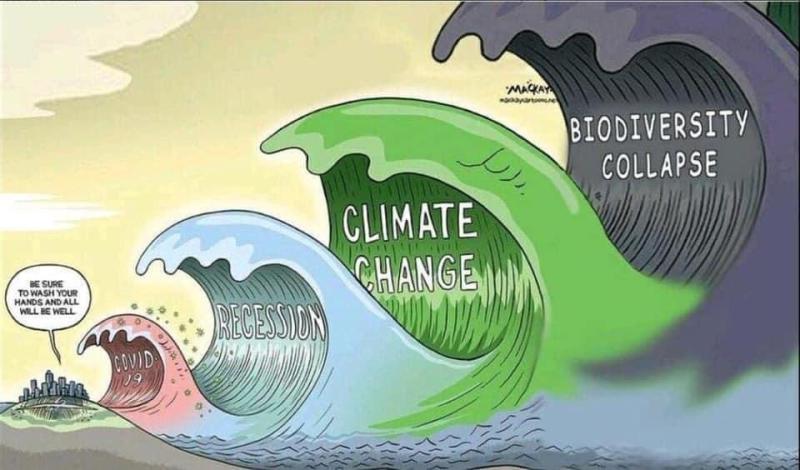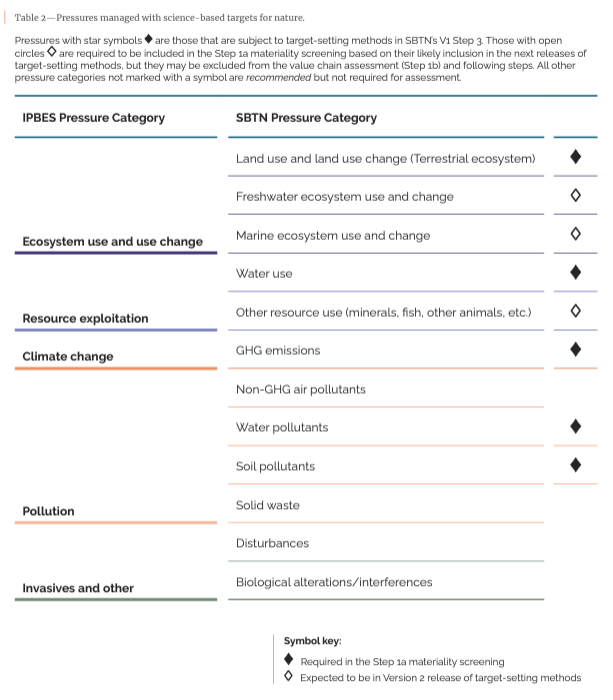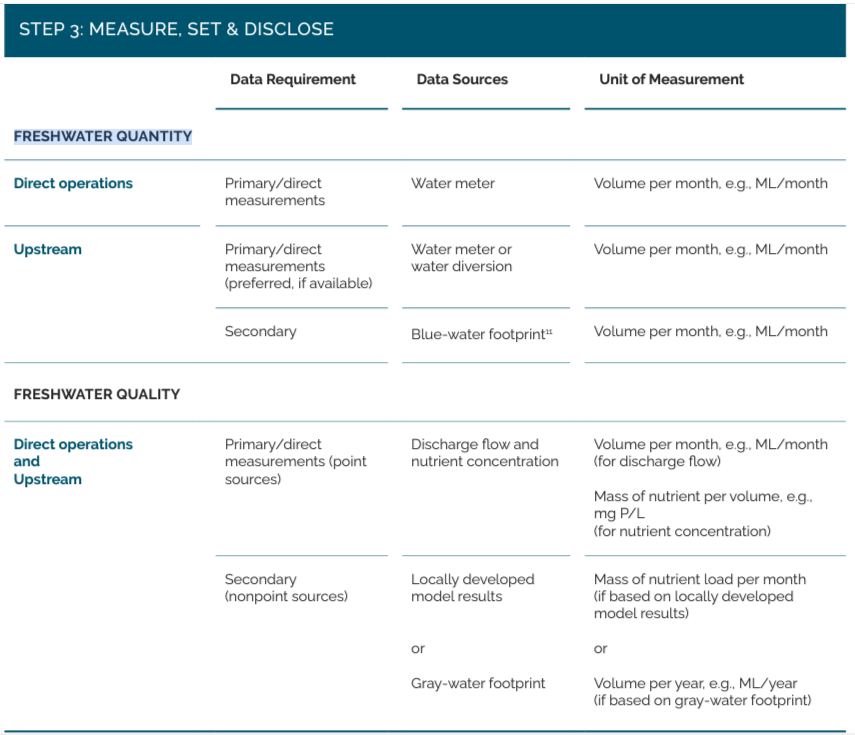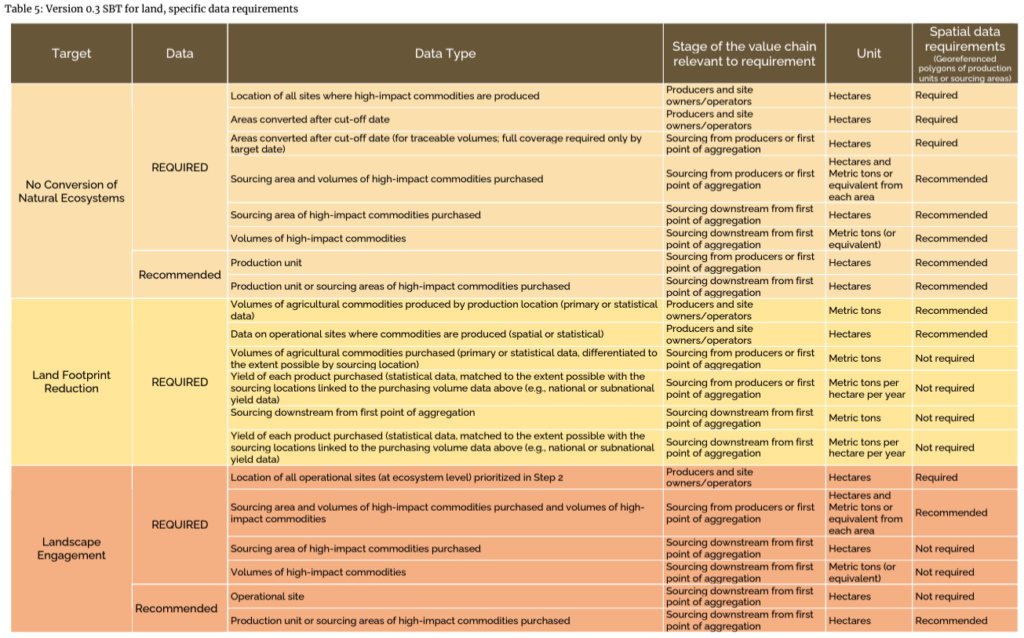
Over the course of the last two or so years, I have posted repeatedly on the developments around Biodiversity. As can well be seen in the title: this is the 8th ‘episode’. And after some results at the COP in Vancouver, as well as efforts by the TNFD (Task Force for nature-based financial disclosure) – we finally (!) got the first ever Science -Based Targets for Nature (SBTN).
It is a first release, however. So the question obviously is, how do these targets address the 5 key drivers of biodiversity erosion?
In case you’re wondering what those 5 drivers are, or if you can’t remember them in their entirety, here they are (Souce: IPBES report):
- Invasive (foreign) species
- Pollution
- Climate Change (yep! It’s just one of several!)
- Over-exploitation of natural resources
- Destruction of natural habitats.
[Sidenote: If you are not very familiar with biodiversity related challenges, I recommend participating in a Biodiversity Collage. This is a gamified fully science-based approach to learning about the systemic issues, and it at the same time entertaining and a good team-building exercise.]
It would therefore be logical to expect these 5 dimensions also be represented in the SBTNs. So – let’s have a look:
What are the dimensions covered by the SBTNs?
The dimensions listed as ‘required to be measured’ are:
- Freshwater, quality and quantity, specifically water use: Version 1
- withdrawals from surface water bodies and groundwater, and
- freshwater pollution resulting from nitrogen and phosphorus.
- Land, Beta Version 0.3, specifically
- land use change
- Climate, covered via SBTi [for climate], and therefore through very mature measurements
- Biodiversity, place holder: intended to close remaining holes.
Additional target dimensions and how to quantify them most suitably are currently under research. These could e.g. relate to the species gene pool still existing or similar.
How do these dimensions map to the 5 pressure areas defined in the IPBES report?
The following graphic illustrates how the IPBES dimensions are matched against SBTN measurement and assessment dimensions:

What is specifically asked for in each SBTN dimension?
All of these measures apply to both direct operations as well as upstream operations.
- Freshwater: Qualitative and quantitative usage,
- Quantity:
- Goal: no excess water withdrawal within the basin concerned.
In direct operations as well as upstream
- Goal: no excess water withdrawal within the basin concerned.
- Quality:
- Goal: no excess in nutrient load in the water within the basin concerned.
- Quantity:
- Land: Land use change
- Target 1: No Conversion of Natural Ecosystems
- Operational goal: halting conversion of natural ecosystems
- Target 2: Land Footprint Reduction
- Operational goal: freeing up agricultural land for increased ecological productivity
- Target 3: Landscape Engagement
- Operational Goal: improving the ecological condition of landscapes, including working lands, to enhance ecosystem structure, composition, and function and the social systems that depend on such landscapes
- Target 1: No Conversion of Natural Ecosystems


So what: Are these Science-based targets for nature worth their salt?
Well, it depends. It is very evident that prescribing targets and measurement methods for Climate related dimensions – Greenhouse Gases of various types – is significantly easier than for nature-based dimensions. So, maybe the more appropriate ask would be: is this a good enough first release of the SBTNs?
Again, the answer is: ‘it depends’. Knowing companies, the earlier any prescriptive method is being published, notably including a ‘teaser’ of what’s coming down the pipe for them in the not so far away future, is a good thing to have. It will raise stress levels in companies, and allow them to prioritise their getting organised.
But the targets per se as in Version 1?
They’re not bad. But they’re not quite something yet to write home about. They have still significant gaps, the technical documents are still inconsistent in places, lacking explanations, and not following a unified approach to ‘explain’ the targets and how to measure them. This said, for the freshwater targets, the most mature among those released, Appendix A offers an initial set of possible actions too, and these are as a matter of fact rather useful from a corporate perspective.
Hence, the primary achievement of this First Version release is to raise a flag for Biodiversity, and ensure that companies pay attention to what will be expected of them rather sooner than later.
And that, indeed, is an achievement not to be underestimated, as we very well know from recent history around the Science-based Targets for Climate.

